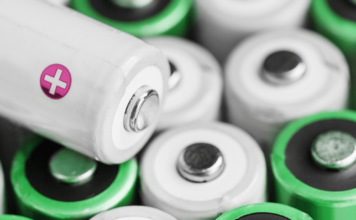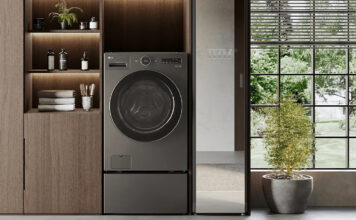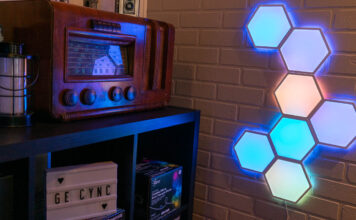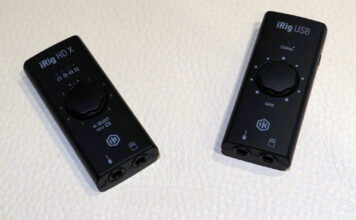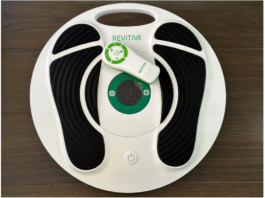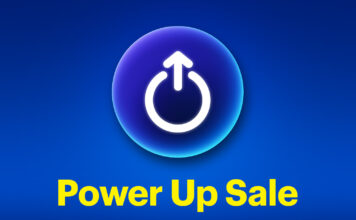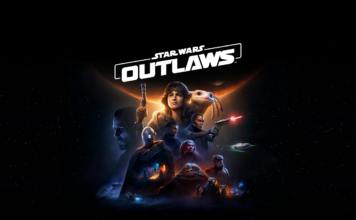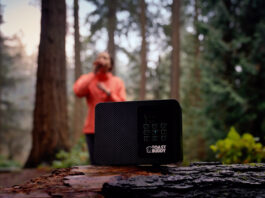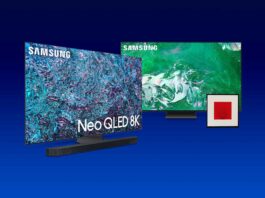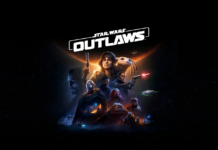
One of the hottest new laptops at this year’s Consumer Electronics Show was the Dell XPS 13. Even now, three months after CES, the XPS 13 is still in the spotlight, frequently referred to as one of the great laptops of 2015 and Dell’s MacBook Air killer. With the XPS 13 now available at Best Buy, it’s worth taking a deep dive to learn what all the fuss is about.
 Intel Broadwell CPU
Intel Broadwell CPU
The Dell XPS 13 probably couldn’t have existed last year, at least not in its current form factor. But CES 2015 also saw the official launch of Intel’s new 5th generation—Broadwell— CPUs and the new silicon offers key improvements that made something as thin and capable as the XPS 13 technically possible.
Specifically, Broadwell chips are physically smaller than the previous generation processors while also packing in 35 percent more transistors. These chips are much more efficient, with better battery life, the ability to run without a fan and they offer a big boost on the graphics and video processing front.
It all adds up to a laptop that can be thinner than ever, with excellent battery life, the ability to drive a pixel-dense display and the power to be something you use every day—not just a cool looking accessory.
Infinity Display
While its diminutive size is definitely impressive, the showcase feature of the XPS 13 is its so-called Infinity display.
At 13.3-inches, the display is large enough to suit the needs of most users. As equipped, the laptop is touchscreen-enabled so you can make full use of Windows 8.1’s gesture controls. The frame surrounding the display is so thin, Dell says the surrounding bezel makes up just two percent of the total display area.
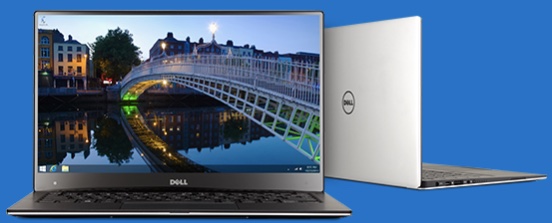
That display doesn’t just dominate your view, it gets better the more you look at it. Resolution is an eye-popping 3200 x 1800 pixels, or 276 pixels-per-inch. The panel is an IGZO2 IPS version, offering a wide viewing angle, a colour gamut of 72 percent and a high contrast ratio. At 400 nits, it’s also twice as bright as most laptop displays. And its protected from scratches by Corning Gorilla Glass.
In other words, that display is all-round pretty fantastic.
Head-to-Head Against the MacBook Air
It’s impossible to discuss what makes the Dell XPS such a leap forward in Ultrabooks without comparing it to Apple’s MacBook Air. The MBA is the computer that kicked off the age of the ultraportable laptop and Apple’s ultra-thin offering has continually dominated the category. The 13-inch MacBook Air is the laptop Dell had firmly in its sights when it designed the XPS 13 and the new Dell Ultrabook takes many design cues from Apple’s offering.
However, the XPS 13 holds several key advantages over the 13-inch MacBook Air, despite Apple’s recently announced 2015 revisions. In short, the XPS 13 thoroughly trounces the MacBook Air when it comes to the display—as you’ll see from the comparison table.
|
Dell XPS 13 |
13.3-inch QHD+ display at 3200 x 1800 resolution (276 ppi) | display is multi-touch enabled | 30.4 x 20.0 x (0.9-1.5) cm, 1.26 kg |
| Apple MacBook Air 13-inch |
13.3-inch display at 1440 x 900 resolution (128 ppi) |
no touchscreen support |
32.5 x 22.7 x (0.3-1.7) cm, 1.35 kg |
When it comes to key specs like the CPU, the rival computers are on a relatively even footing.
Both pack a 5th generation (Broadwell) Intel Core i5 CPU in their base configuration, both offer super-fast SSD storage, 802.11ac, Bluetooth 4.0, a full-sized (and backlit) chiclet keyboard, glass touchpad, machined aluminum case and a pair of USB 3.0 ports.
Dell has followed the path paved by the MacBook Air by incorporating some of its space-saving features. The RAM is soldered on (as configured it has 8 GB), there is no optical drive and the battery is a sealed unit that can’t be swapped out—both PC’s claim similar battery life of up to 12 hours.
The XPS 13 then goes further to improve on the MacBook Air in several ways.

First, that display blows away the MBA’s. It’s not only much higher resolution and touch-capable, the Infinity display virtually eliminates bezels—on three of the four sides, they are just 5.2 mm wide. That not only makes for a more modern-looking laptop, the space saved by not having wide swaths of metal surrounding the display let Dell design a 13.3-inch laptop that’s closer in size to an 11-inch model.
Check the comparison chart. The XPS 13 has a smaller footprint than the 13-inch MBA, it’s maximum thickness beats the Apple laptop and it weighs less.
Dell also added some nice touches like a fingerprint-resistant carbon fibre palm rest and an optional external battery pack that Dell says will up your time without having to plug in to 22 hours.
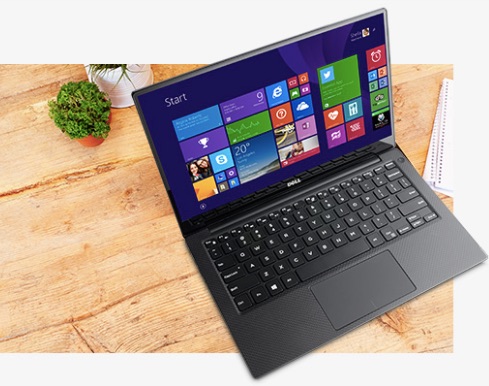 XPS 13 is Well Worth Checking Out
XPS 13 is Well Worth Checking Out
Without knowing a thing about the Dell XPS 13, just look at this Ultrabook in its promo shots and it obviously stands out from the pack.
The ultra-thin form factor, compact size (it’s claimed to be the “smallest 13-inch laptop on the planet”) and premium materials mark it as a flagship device. The Infinity display immediately catches the eye—even if you don’t know the exact resolution, it appears crisp and bright, and the way it stretches to the edges of the lid marks it as something special.
Start checking the specs and there can be no doubt that this is one impressive Ultrabook.
As someone who owns several MacBook Airs (and uses one as my primary PC), I have to say, I have been seriously looking at the Dell XPS 13. It offers style and quality build to rival Apple’s ultraportable and gives up nothing in performance, but offers a display that MBA owners can only dream about. When Windows 10 arrives this fall, the experience is only going to get better. The XPS 13 is definitely going to go down as one of the great laptops of 2015 and you can check it out now at Best Buy.

